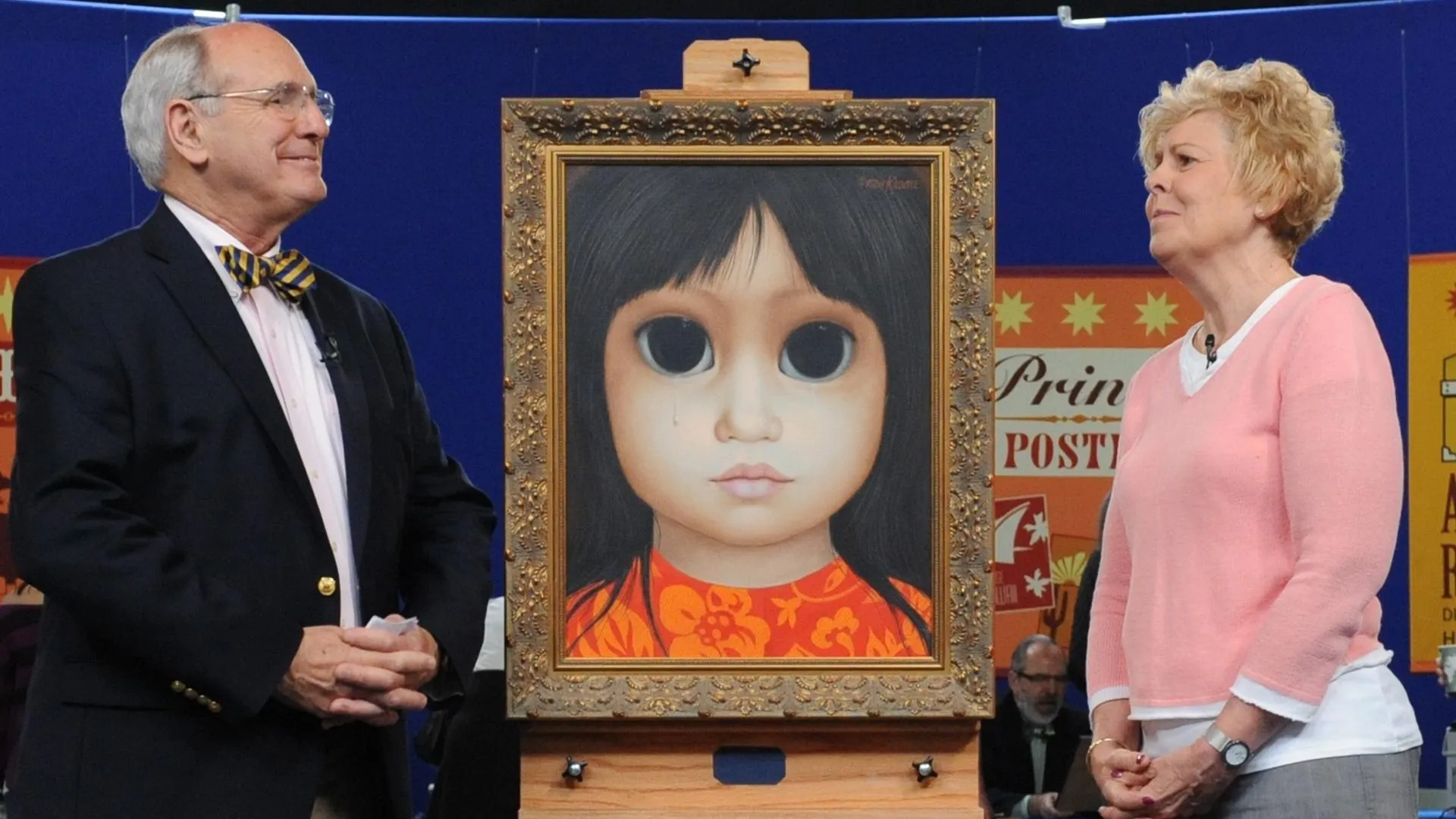GUEST: This was a present for my father in Germany for his bar mitzvah. My father's bar mitzvah turned out to be on April 1, 1933, which was the day that the first sanctions against Jews, the boycott of Jewish stores, was implemented by Hitler, who had become chancellor only ten days earlier. This had caused such a stir that the bar mitzvah itself was held at 6:00 in the morning so no one would know. But the real story happened six years later, when both my grandparents and my father were trying to get out of Germany. And both my father and my grandfather, after Kristallnacht in November of 1938, were put into concentration camps. And my grandfather got out in one day, and my father took three weeks to get out. And it turned out that my grandfather's personal physician in Berlin had a lot to do with helping both my grandparents get themselves, as well as things out of Germany that at that time were not allowed to be taken. And that's where we thought the story ended. But Albert Speer published his autobiography, Inside the Third Reich, and Albert Speer was Hitler's chief architect. And we were amazed when we read in the autobiography that it turned out that the physician was Theodor Morell, Hitler's doctor. And we were obviously just blown away by the fact. We didn't know. My dad had a lot of stories of meeting with Dr. Morell after he was released from concentration camp.
APPRAISER: So he was a young man at that point?
GUEST: He was 18. There's one story that my dad tells is he goes in about a week after he'd been released for a check-up, and the doctor was very cold towards him, and my father-- you know, by this time it was very late in 1938-- was really worried. Well, the doctor's nurse leaves the room, and Dr. Morell says to my dad, "I'm sorry I was so mean to you. "The nurse, she's just a real Nazi, so I have to act this way," and then he was fine. I think about it and I think of my dad, and I think about what he had to go through to get out. And the fact that he was able to take this with him and keep it, it's not going anywhere, so it's a very special piece to us.
APPRAISER: Well, that's it. I mean I think as appraisers, you know, obviously we're looking at the objects, but it really is the stories behind them is really pretty special. And it certainly is something that may have had a little bit of age at the time that he received it, but it was made in the probably early 20th century, and it's got a kind of great style to it. It's maybe intended as an heirloom item. It's made out of silver, sort of German 800 fine. It's a little less silver content than sterling. It's got this great decoration with sort of the lions and the Ark, it's got the crown. So it has all of the iconography that you expect to see on a Hanukkah lamp and the Hebrew text. It is missing one thing-- it is missing the Shamash, so...
GUEST: And I had no idea.
APPRAISER: Yup, so there's a little point up here where it would've sat in. Those are often lost, so it's not a big factor. For insurance purposes, for the lamp I think you're looking at a value of maybe around $3,500.
GUEST: Really? I mean it's not that important, but I'm surprised.
APPRAISER: Definitely document that and keep the history with it. It's important.
GUEST: It's staying close, I promise.











